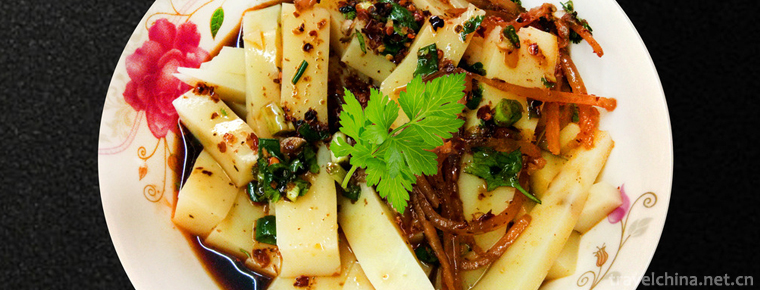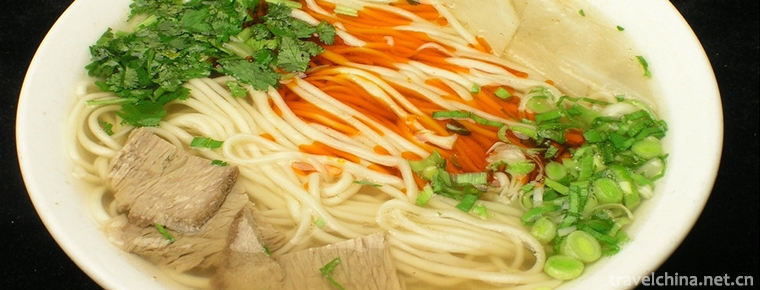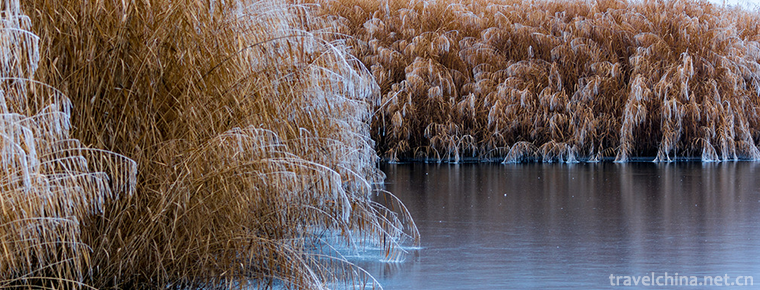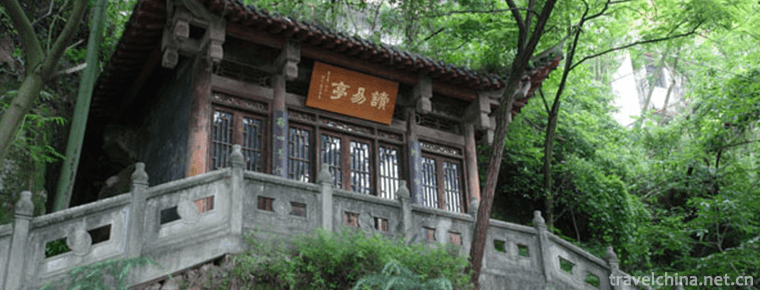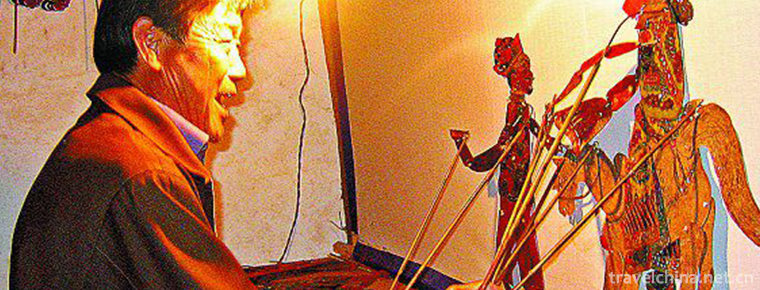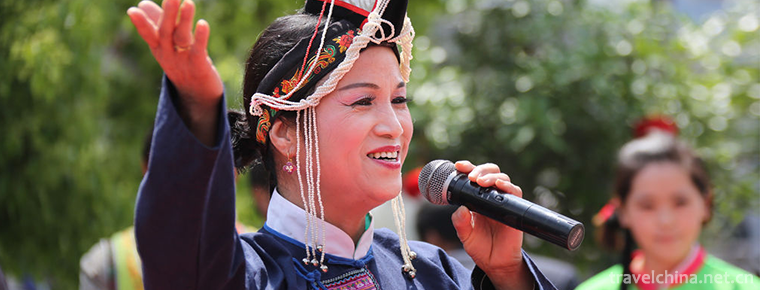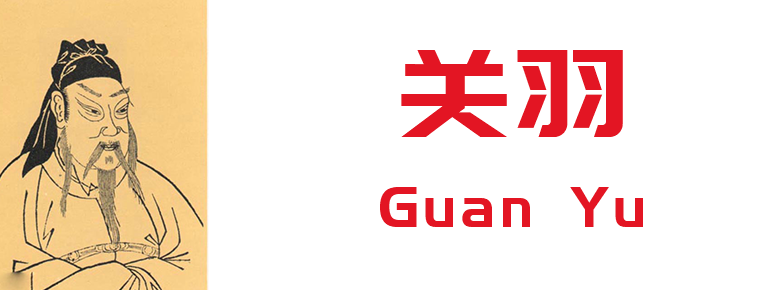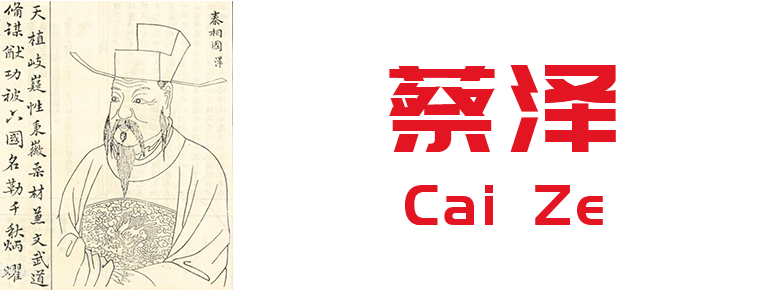Changshan Cheerful Ballads
Changshan Cheerful Ballads
In Changshan, the custom of applauding when marrying and bridging a new house has been popular among the people since ancient times for the sake of luck. The content of applause for marriage and Shangliang is different, each has its own characteristics, forming a folk song with regional characteristics.
On November 11, 2014, Changshan acclaimed ballads were approved by the State Council to be included in the fourth batch of national intangible cultural heritage lists.
Historical evolution
Changshan's applause ballads have a history of more than 400 years and have also spread to Jiangxi and other places. At present, it has more than 1000 color words. Successfully selected the fourth batch of national intangible cultural heritage representative projects in 2014. The selected "Changshan Applause Ballads" belongs to the "Folk Literature" project, numbered I-155.
Characteristics of Ballads
Changshan belongs to the immigrant area, although there are some differences between the townships and townships, they all have common points: first, the applauders are the local high-esteemed people; second, the last word of the sentence before and after the applause ballad is basically rhymed; third, the number of words before and after the sentence is the same, the rhythm is strong; fourth, the applauders and the people who watch lively echo each other, often leading the crowd and the atmosphere is warm.
Changshan applause ballads express the local people's desire for a happy and beautiful life, and have a certain mass base. Applause and songs are all in Lishi dialect, such as when the wedding greets the bride before entering the hall, singing: sunrise East sunrise, happy family; relatives and friends to congratulate, one by one invited to Baxiantai.
Ballad biography
As a kind of folk literature, Changshan applause ballads are inherited from the people's mouths and ears, and do not need any tools. But there are still many rumors about applause:
Zeng Xiangtai collected and collated a pamphlet of applause, named "Applause - Fuxi, OK!" 》 Changshan County Applause Ballads compiled by Changshan County Non-Heritage Protection Center; Changshan Folk Customs Collection - Applause Ballads compiled by Changshan County Committee of CPPCC; Non-Heritage Collection and Folk Customs Grand View compiled by Changshan Historical and Cultural Series Compilation Committee; Zeng Xiangtai's second son, Zeng Ling Jun's folk applause custom.
Inheritance and development
At present, the main inheritor of Changshan applause songs is Zeng Lingbing, 49 years old. Zeng Lingbing was born in an ordinary carpenter's house in Zhaoxian Town, but this ordinary family is the inheritance family of Changshan applause songs. In the pedigree of inheritors, Changshan applause ballads have gone through a century of wind and frost, one continuous line, never interrupted. The first generation of descendants has no trace because of their age. The second generation of descendants is his father Zeng Xiangtai's grandmother and grandfather (born in 1898 in Jiaqing) and Zeng Lingbing. There are six generations of inheritance of Changshan's applause ballads.
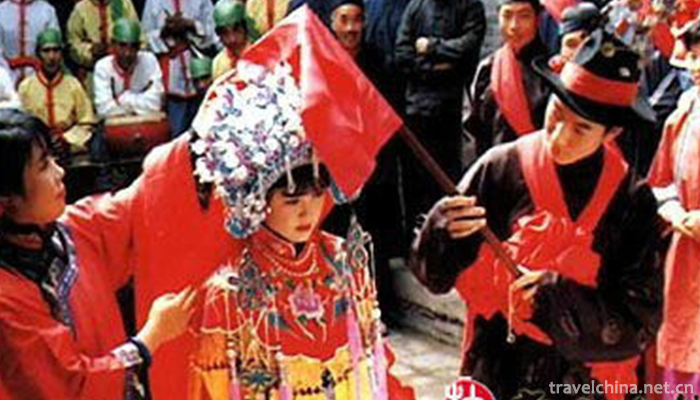
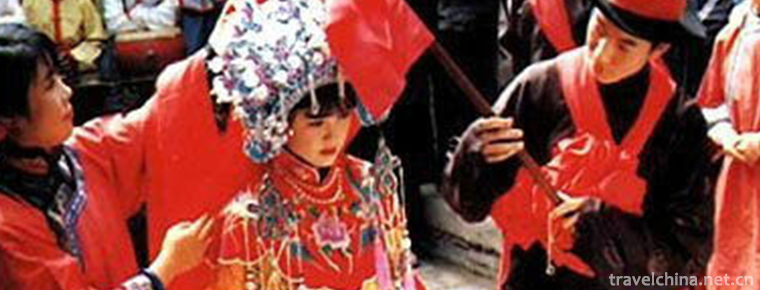
Changshan Cheerful Ballads
-
The Bund
The Bund, located on the Huangpu river bank in Huangpu District, Shanghai
Views: 195 Time 2018-10-12 -
Sad cold Bean jelly
Sad cold Bean jelly Heartbroken jelly is a famous snack in Zhou Li Town.
Views: 193 Time 2018-10-12 -
Water surface
The water surface is a traditional snack in Shaanxi and Gansu Province. Legend has it that Liu Bang, the ancestor of the Han Dynasty
Views: 514 Time 2018-11-02 -
Bosten Lake Scenic Area
Bosten Lake Scenic Spot is a national 5A scenic spot, covering an area of 988 square kilometers, is located in Xinjiang, China's scenic spots, Bosten Lake was known as the West Sea in ancient times,
Views: 239 Time 2018-12-12 -
Nanchong Xishan Scenic Area
Nanchong Xishan Scenic Spot, located in the west of Shunqing City, is a provincial scenic spot and a national 4A-level tourist attraction. It is the destination of "Three Kingdoms Cultural Explor
Views: 226 Time 2019-02-25 -
Bouyei Leyou
Le You and Le Lang are Buyi oboe gas song instruments. They resemble suona, bowl-less, insect whistle playing, bright and sweet timbre. It can be used for Solo or singing accompaniment
Views: 184 Time 2019-04-04 -
Shadow Show
Shadow play, also known as "shadow play" or "lantern shadow play", is a folk drama in which characters are silhouetted from animal hide or cardboard to perform stories. During the
Views: 126 Time 2019-06-09 -
She nationality novel song
She nationality novel song originated from Bailukeng Village, Xinan Town, Xiapu County, Fujian Province. It was adapted and created by She nationality folk singers according to their national living c
Views: 233 Time 2019-06-14 -
Guan Yu
Guan Yu(? - 220 years), the word is long, then changed word cloud length. Hedong County Jie county (today) Shanxi Yuncheng People are called "beauty beard Gong". Early follow Liu Bei In the
Views: 149 Time 2019-09-07 -
Cai Ze
Cai ze The birth and death are unknown. The Warring States Yan Guo Gang Cheng (today) Hebei All men are good at argument, wisdom, and lobbying. Cai Ze was in a desperate position to enter the Qin Dyna
Views: 219 Time 2019-09-14 -
Luodai Ancient Town
Luodai Ancient Town is located in Longquanyi District, Chengdu City, Sichuan Province, with a total area of more than 20000 square meters. Luodai Ancient Town is a national historical and cultural town and one of the five "Dongshan five fields" in Chengdu.
Views: 182 Time 2020-11-05 -
Needlework of Chinese embroidery
Category: random needling, straight needling, disc needling, trowel needling, grabbing needling, flat needling, scattered wrong needling, weaving embroidery, applying needling, auxiliary needling, variant embroidery
Views: 148 Time 2020-12-12
